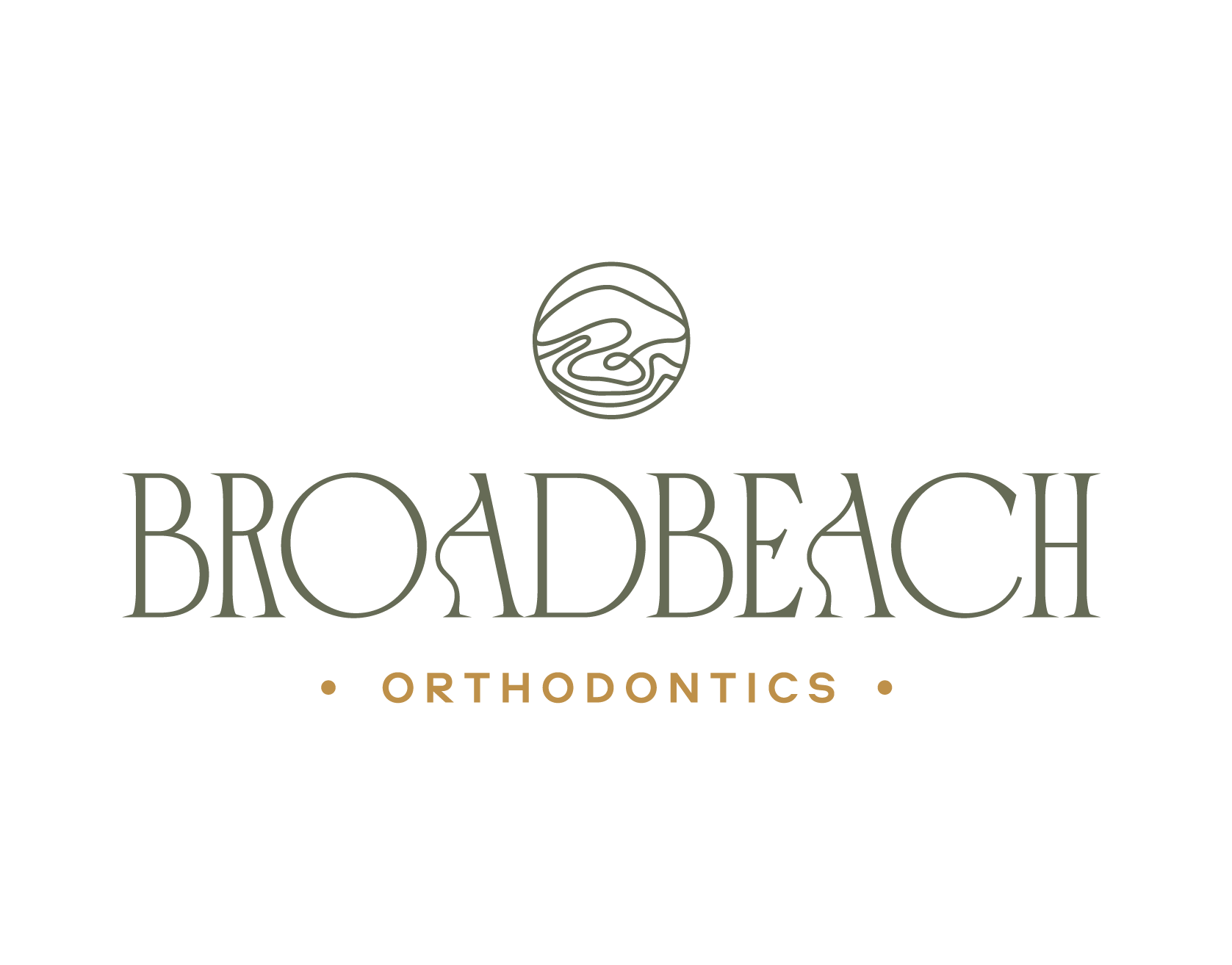A deep bite, also known as an overbite, occurs when the upper front teeth excessively overlap the lower front teeth. While a mild overbite is common and often not a concern, a deep bite can lead to significant dental issues, particularly when it comes to the wear and tear on the front teeth. Understanding the risks associated with a deep bite and why orthodontic treatment is necessary can help protect your teeth and ensure long-term oral health.
1. Understanding Deep Bite
What is a Deep Bite?
- A deep bite is a type of malocclusion (misalignment of teeth) where the upper front teeth cover a significant portion of the lower front teeth when the jaws are closed. This can lead to the lower front teeth biting into the roof of the mouth or the backs of the upper front teeth.
Causes of Deep Bite:
- Genetics: A deep bite is often inherited and can be due to the natural shape and size of the jaws and teeth.
- Tooth Wear: Over time, the teeth may wear down unevenly, worsening the deep bite.
- Jaw Growth: Discrepancies in jaw growth, where the upper jaw grows more than the lower jaw, can contribute to a deep bite.
- Tooth Eruption: If the front teeth erupt excessively or the back teeth don’t erupt enough, a deep bite can develop.
2. The Impact of Deep Bite on Front Teeth
Excessive Wear on Front Teeth:
- Friction and Pressure: In a deep bite, the lower front teeth are constantly rubbing against the upper front teeth, leading to excessive wear. This wear can result in the flattening of the biting edges, loss of tooth enamel, and increased sensitivity.
- Chipping and Cracking: The excessive force exerted on the front teeth in a deep bite can cause chipping or cracking over time, which not only affects the appearance of your teeth but can also lead to more serious dental issues.
- Gum Recession: A deep bite can cause the gums to recede, especially around the lower front teeth. Gum recession exposes the roots of the teeth, increasing the risk of decay and sensitivity.
Aesthetic Concerns:
- Shortened Teeth: As the teeth wear down, they can appear shorter and less even, impacting the overall aesthetics of your smile.
- Aged Appearance: Excessive wear on the front teeth can give the smile an aged appearance, making the individual look older than they are.
3. The Importance of Orthodontic Treatment
Preventing Further Damage:
- Aligning the Bite: Orthodontic treatment is essential in correcting a deep bite. By moving the teeth into proper alignment, the pressure and friction that cause excessive wear on the front teeth are reduced, preventing further damage.
- Protecting the Teeth: Straightening the teeth and aligning the bite can help protect the enamel from further wear and prevent complications such as chipping, cracking, or tooth loss.
Improving Function:
- Balanced Bite: A well-aligned bite ensures that the teeth meet evenly, distributing the force of chewing across all the teeth. This balance reduces the stress on the front teeth, enhancing both the function and longevity of your smile.
- Speech Improvement: A deep bite can sometimes affect speech, particularly the pronunciation of certain sounds. Orthodontic treatment can improve speech clarity by repositioning the teeth and jaws.
Enhancing Aesthetics:
- Restoring Tooth Shape: After correcting the deep bite, restorative dental treatments, such as bonding or veneers, can be used to restore the natural shape and length of the worn front teeth, enhancing the overall appearance of your smile.
- Boosting Confidence: A beautiful, well-aligned smile can significantly boost self-esteem and confidence, impacting social interactions and overall quality of life.
Long-Term Oral Health:
- Reducing Risk of Gum Disease: By correcting the bite and aligning the teeth, orthodontic treatment can make it easier to maintain good oral hygiene, reducing the risk of gum disease, which is often exacerbated by deep bites.
- Preventing Jaw Problems: Deep bites can contribute to jaw pain and temporomandibular joint (TMJ) disorders. By aligning the teeth and correcting the bite, orthodontic treatment can alleviate these symptoms and prevent further complications.
4. Orthodontic Treatment Options
Braces:
- Traditional Braces: Braces are highly effective in treating deep bites. They apply constant, gentle pressure to move the teeth into their correct positions, gradually improving the alignment of the bite.
- Clear Aligners: Clear aligners, such as Invisalign or Angel Aligner, are a popular alternative to traditional braces for correcting deep bites. They are nearly invisible and can be removed for eating and cleaning, making them a convenient option for many patients.
Bite Correctors:
- Bite Plates: Bite plates are appliances that can help correct a deep bite by preventing the upper front teeth from coming down too far over the lower teeth.
- Elastics: Rubber bands (elastics) are often used in conjunction with braces to help correct the position of the teeth and bite.
Final Thoughts
A deep bite can lead to significant wear and damage to the front teeth if left untreated. Orthodontic treatment is not just about achieving a straighter smile; it’s about protecting your teeth from long-term damage and ensuring optimal oral health. If you have a deep bite, early intervention with orthodontic care can prevent excessive wear on your front teeth, improve the function and aesthetics of your smile, and enhance your overall quality of life. At Broadbeach Orthodontics, we specialise in creating personalised treatment plans to correct deep bites and other orthodontic issues, helping you achieve a healthy, beautiful smile that lasts a lifetime.





